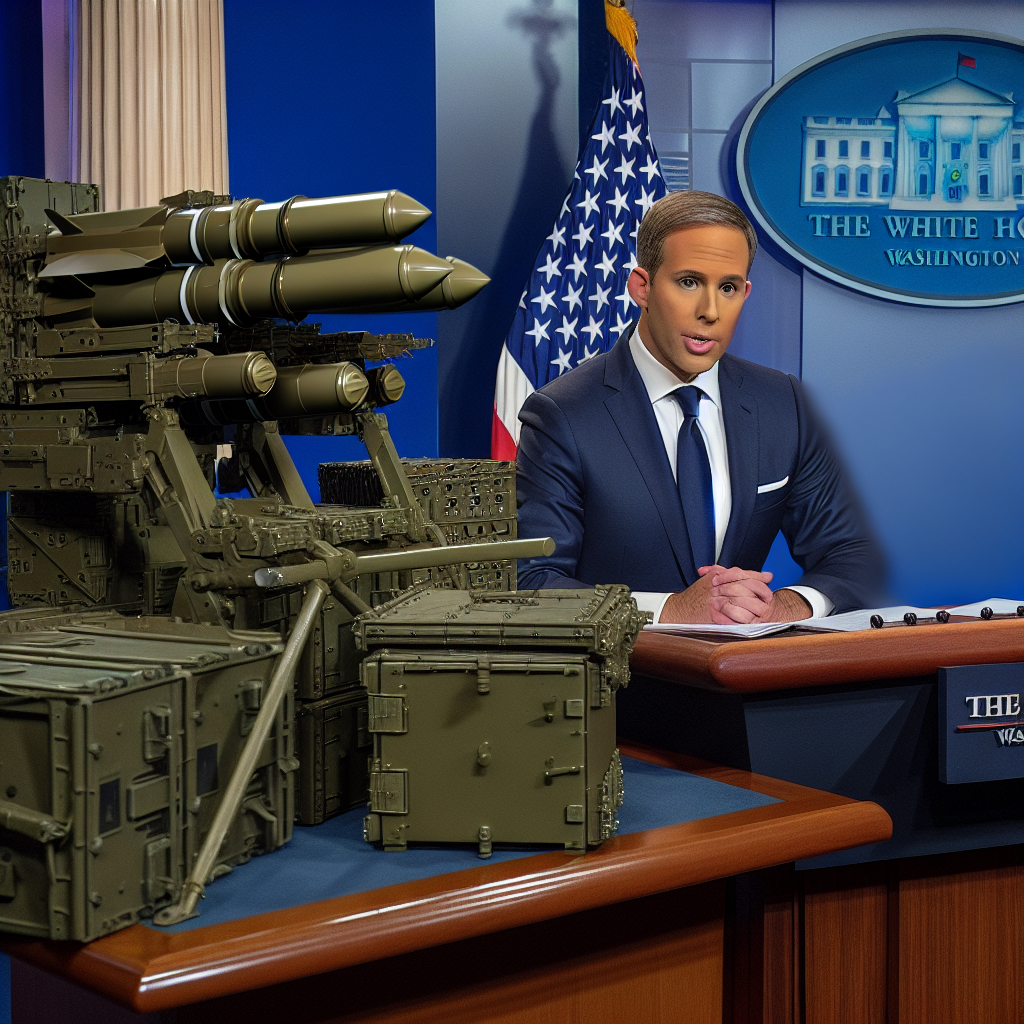On Friday, United States President Donald Trump announced that NATO will provide weapons and equipment to Ukraine, including Patriot missile defense systems, with funding and distribution coordinated by NATO.
In an interview with NBC News, Trump stated, “We will hand over the Patriot systems to NATO for distribution.” He emphasized that “NATO will cover all costs.”
Prior to this announcement, Trump had a phone call with Ukrainian President Volodymyr Zelensky. Zelensky expressed the importance of ensuring timely delivery of weapons, especially air defense equipment.
Zelensky revealed that Ukraine has requested 10 Patriot systems from the United States and noted that Germany, Norway, and other European countries are willing to share some of the costs. Following a record-breaking drone attack by Russian forces with 728 unmanned aerial vehicles on Tuesday night, Zelensky warned that the number could escalate to 1,000. He described the Patriot system as a “weapon that truly protects lives” and urged the United States to quickly resume military aid that was temporarily suspended last week due to a dispute over delivery.
U.S. Secretary of State Marco Rubio also stated that he has urged Germany and Spain, among other countries, to transfer existing Patriot systems to Ukraine, as this would expedite delivery, with the United States potentially supplementing with alternative options.
Meanwhile, U.S. Army Major General John Rafferty, in an interview with Reuters, highlighted that Russia extensively uses long-range missiles and rockets in the conflict in Ukraine, underscoring the need for NATO to strengthen its own long-range strike capabilities to deter Russian forces.
Rafferty stated, “The scale of the Russian military today is larger than when the conflict began, and they are investing more in long-range missiles and sophisticated air defense systems. Alliance capabilities are crucial.” Previously serving as the Commander of the 56th Field Artillery Brigade in Germany, Rafferty is currently involved in planning the deployment of the “Tomahawk” cruise missile and “Dark Eagle” hypersonic missile in Europe starting in 2026 for the U.S. military.
This deployment plan was originally agreed upon by the Biden administration and Germany. Following Trump’s return to the White House, German Defense Minister Boris Pistorius will meet with U.S. Defense Secretary Pete Hegseth on Monday to clarify whether such deployment will continue.
Currently, the United States supplies about 90% of NATO’s long-range strike capabilities. Missile expert Fabian Hoffmann from Norway pointed out that without these capabilities, Ukraine would have been at a “significant disadvantage” early in the conflict.
To address this gap, European countries are advancing the European Long-Range Strike Approach (ELSA). In mid-May, the UK and Germany announced their joint development of ground-to-ground missiles with a range exceeding 2,000 kilometers. The primary air-launched and ship-launched cruise missiles in Europe, such as the UK’s Storm Shadow, France’s Scalp, and Germany’s Taurus, have ranges ranging from hundreds to thousands of kilometers and are manufactured by the MBDA Group.
Russia has criticized the U.S. deployment of long-range missiles in Germany, claiming it poses a serious threat to its national security and attributing NATO’s expansion eastward as one of the reasons for its invasion of Ukraine in 2022.
After a phone call with Russian President Putin last week, Trump expressed dissatisfaction with the lack of progress in ending the war and complained that Putin did not show sincerity towards achieving peace.
During the NBC News interview, Trump stated that he will make an “important statement” on Monday regarding the Russia issue but did not disclose the specific content of the statement.

